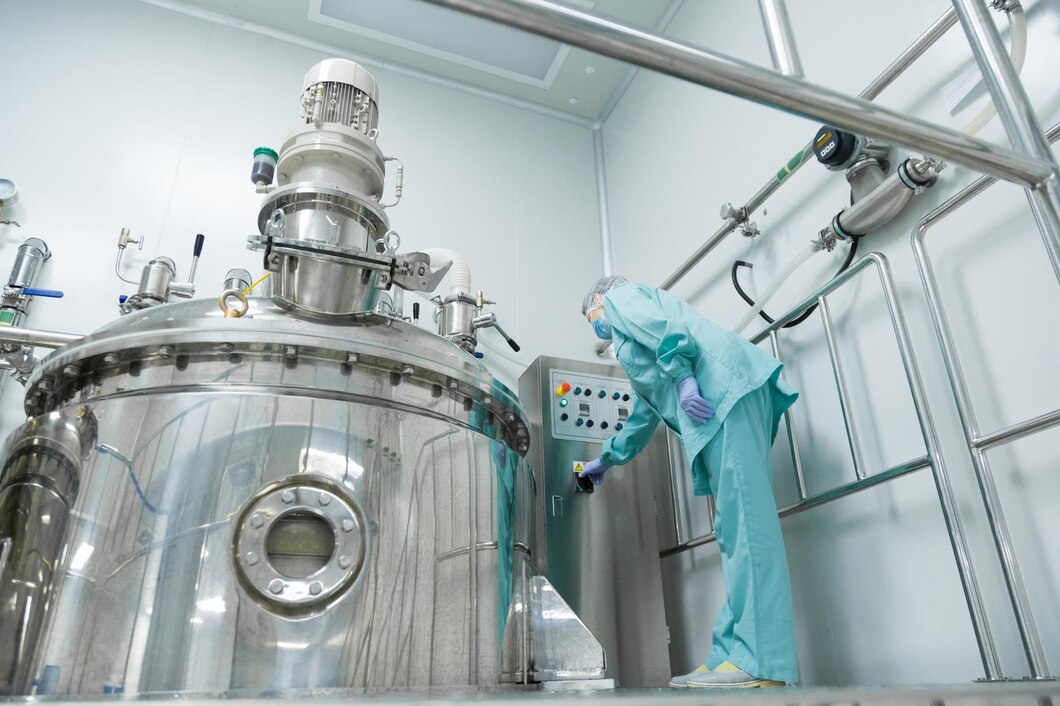Cryonics is a controversial and complex topic that has sparked debates among scientists, ethicists, and the general public. The concept of cryonics involves preserving a human body at low temperatures with the intent of reviving it in the future when medical technology has advanced sufficiently.
The scientific basis of cryonics revolves around the idea that preserving the body at extremely low temperatures can prevent cellular damage and decay, thereby allowing for potential revival and repair in the future.
The process involves cooling the body to temperatures below -130°C, typically using liquid nitrogen, to halt biological processes and preserve tissue integrity. Scientists in charge of cryonics argue that as medical technology advances, it may become possible to repair and revive the preserved bodies, effectively curing the conditions that led to death.
The challenge of using cryonics is preventing ice formation within the body, which can cause cellular damage.
Cryonics organizations employ cryoprotectants, such as glycerol and dimethyl sulfoxide, to minimize ice crystal formation and protect cellular structures during the cooling process. However, achieving uniform and effective cryoprotection throughout the body remains a significant technical hurdle.
Another consideration is the potential damage caused by the cryopreservation process itself. The rapid cooling and cryoprotectant perfusion may lead to physical and chemical stresses on tissues, which could result in structural damage at the cellular and molecular levels. Furthermore, the long-term effects of cryopreservation on the brain, particularly the delicate neural connections and synaptic structures, are not fully understood.
Cryonics faces numerous practical and logistical challenges that contribute to the skepticism surrounding its feasibility. Firstly, the process of cryonics must begin immediately after legal death to prevent irreversible damage to the brain and vital organs. This requirement necessitates proximity to a cryonics facility and rapid response times, which may not be feasible for individuals who do not reside near such facilities.
The cost of cryonics presents a significant barrier for many individuals. The expenses associated with preservation, ongoing maintenance fees, and long-term storage can be prohibitively high, limiting access to cryonics to a select few who can afford it.
The decision to undergo cryopreservation is typically made by individuals before their legal death, often based on the hope of future revival and the desire to continue living. Critics argue that the decision to undergo cryonics is not truly informed, based on speculative and unproven assumptions about future technological advancements.
The allocation of resources and the prioritization of cryonics over other pressing societal needs, such as healthcare, education, and poverty alleviation, raises ethical questions about the equitable distribution of resources and the societal responsibility to address present challenges.
Despite the current scientific and practical limitations of cryonics, ongoing research and technological advancements may influence its potential efficacy in the future.
Advancements in neuroscience and our understanding of brain function could also impact the feasibility of cryonics, as it may lead to improved methods for preserving and restoring neural structures. The integration of artificial intelligence and biotechnology may open new possibilities for repairing cellular and molecular damage, potentially enhancing the prospects of successful revival from cryopreservation.
While cryonics faces significant scientific and logistical challenges, ongoing research and technological progress offer potential avenues for addressing these limitations in the future.

